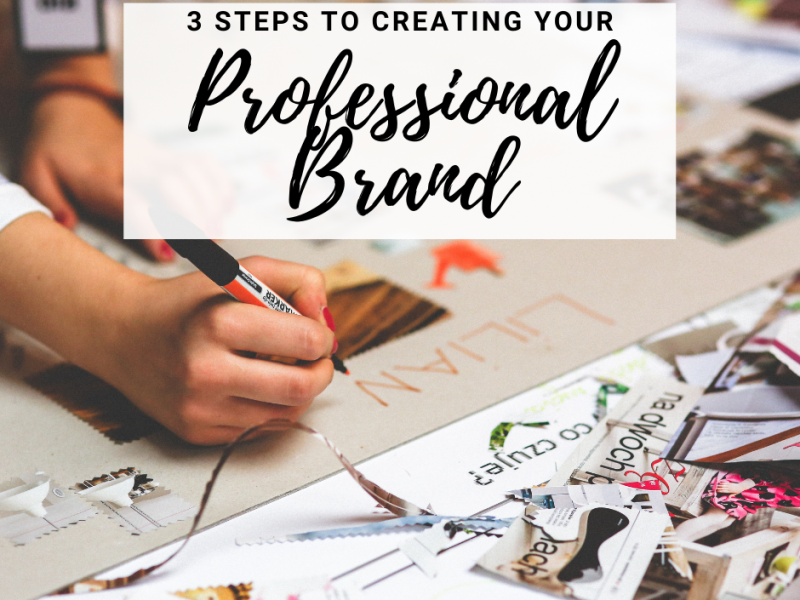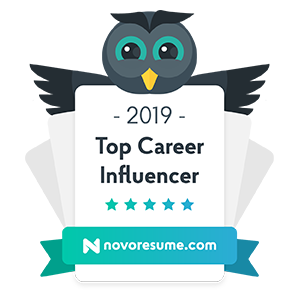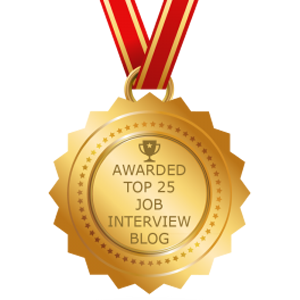Updated: January 2021
Professional branding can seem like an overwhelming task. Where does one even start generating branding ideas? In this blog post we will share a simple 3-step approach to building a professional brand and creating a brand that speaks to the hiring manager’s hot buttons.
Time flies when you’re busy working a 9-5 but if you’ve been thinking about your future goals, you might be wondering when to start focusing on the next chapter in your career. Perhaps you’re not sure how to start. And then there’s the challenge of creating your professional brand. If you’re like most busy professionals I’ve worked with, you’re even starting to feel a bit overwhelmed by the thought of where and how to start.
While it’s true that building a brand can sometimes be tricky, it’s also true that a little preparation and planning can help to get your brand where it needs to be and then smoothly transition into your next role.
When to Start Building or Re-building Your Brand
Whether you’ve been procrastinating your branding or simply just too busy to brainstorm the new brand, now’s the time to put the wheels in motion. Branding can take some time as well as some trial and error so it’s always best to get started early.
Get Started By Taking a Bite-Sized Approach
The thought of creating a strong brand that will appeal to employers can be intimidating. But know that it takes time to construct and a piecemeal approach. I find it is best to help clients break their brand down into a simple 3-piece structure. This way you are only tackling bite-sized pieces. This is a great strategy especially if you’re feeling unmotivated/overwhelmed. A bite-sized branding project will feel more manageable and help you experience small wins along the way (not to mention boost your confidence). There are 3-steps you can follow to create a targeted professional brand:
- Know what you want. In other words: Have a job target.
- Know what you have and what you don’t have (in terms of experience/skills).
- Know how to use what you have to get what you want. In other words: craft a brand that highlights your most relevant experience, skills, etc.
I will break each step down in more detail.
Step 1: Know What You Want
This step is pretty self-explanatory but typically the most difficult part (so don’t feel intimidated if you still aren’t sure what to do in your next career move). It’s all about your target. What types of jobs are you going after? Without a target in mind, you’ll spend endless hours roaming online job boards (yikes). When you actually do find what you want, you risk confusing the hiring manager with your lack of focus. They’ll want to know you are in it to win it ONLY with them. Spend some time getting focused on your target.
How to Know When You Have a Good Target
If you know what that is, take a moment to jot it down. You know you are clear if you can fill in the blanks to this statement:
“I want to do _____ job with _____________________ company.”
The more specific you can be with your target, the better. However, it’s perfectly fine to straddle multiple targets. If you have multiple targets this simply means you must have one brand for each target. The greater the difference in targets, the greater the difference in brands. If one of your targets is a mere pivot from your first target, then your second brand will be slight in its nuances. By knowing your target, you’ll better be able to communicate the right message to your network (so they know how to help you) AND hiring managers (so they can feel confident you want the job).
What to Do When You Don’t Have a Target
If you aren’t sure what to do next in your career, spend time focusing on research before you start getting lost in a slew of online job boards. Whatever you do, refrain from moving forward until you have a target. A loose target is okay if you are really really lost, but you want to learn what you can from research and then firm that target up sooner rather than later.
Using LinkedIn for Research
Most people think of LinkedIn as a networking platform or job board but there is a powerful research component you might be missing if you haven’t spent your research hours here. Look at the profiles of past colleagues or people who have worked at the same companies as you. Where did they end up? Are there any common themes in the types of companies or roles they moved into? You can take it one step further and reconnect with these old colleagues to do a little networking or catch up over a quick call. This is a great way to get on other peoples’ radars with the shared interest of moving out of the shared company in question.
LinkedIn Groups for Identifying Appealing Jobs
LinkedIn groups offer a hidden gem where research is concerned. Many of the like-minded industry professionals in your target space will be there. LinkedIn allows you to join up to 50 groups and it’s to your benefit to do so. Join your college alumni group for starters. Once in the group, have a look at the other member profiles to see what others, with a similar interest/background have ended up doing in their careers. You might be surprised at what you uncover. When you find an intriguing profile be sure to note for future networking opportunities.
If You Really Can’t Find a Job Target, Try a Personality Test or Career Assessment
Certain personality types thrive in certain careers and not so much in others. There are also careers that may be a better fit when considering your individual strengths and skills. While assessments can be great places to start, it’s good to know that Clarity Coaches also exist to help you figure out where you’d thrive based on your assessment results. Regardless of how you get to your big career insights, clarity is essential for making a serious dent in your brand and job search.
Download Noelle’s Resume & Cover Letter Templates Now!
Step 2: Know What You Have
Once you have identified your target(s) it’s time to move to step 2. You need to know what you have to offer employers. This is a combination of your work history, skills, accomplishments, strengths, an any other pieces that make up “professional you.” The second part of the job search formula is all about your professional background. Who are you as a professional? What have you done throughout your career in terms of tasks, skills and competencies that you can offer an employer?
Start to Think of You as a “Brand”
Since hiring talent is time-consuming and costly, you’ll want to present yourself as the best person for the job – simple as that. The best way to figure out if you look the part, is by analyzing the job descriptions associated with your target roles. When you have your target in place, do you look like your target? Do you speak like your target? Do you have the background necessary to be your target? If you’re not sure how you should be branded, spend some time researching professionals in your industry. What skills do they possess? What companies have they worked for? What groups are they in? Know what you have (and what you don’t) as well as what you must look like to be an attractive candidate when applying for jobs. Jot all of this down for later use on your resume.
“NG Career Strategy did an exceptional job for me. My writer was very responsive. Her feedback was thought provoking and focused on my specific career goal. The verbiage used in the resume helped to tell the story in such a compelling way. The resume makeover process renewed my self confidence. I have truly experienced a mindset shift. I am confident I will get more interviews and ultimately receive multiple job offers. – Audrey, Executive & Resume Makeover Client
Step 3: Know How to Use What You Have to Get What You Want
Last but not least, the successful brand is achieved when you are able to combine steps one and two into a cohesive, targeted BRAND. This is the part where you pull together your mix of experience and your target to find all the strongest branding pieces. What keywords overlap between your experience and the job description? Use these keywords to describe yourself. What accomplishments do you have that speak to the hiring manager’s needs (as per the job spec or networking conversations)? These are the accomplishments you will use in your conversations and your marketing documents (resume, cover letter, and LinkedIn profile). What Hiring managers will always hire the best person for job, so in this step you’re going to be focused on communicating your fit based on your experience, skills and enthusiasm for the role.
Transfer Your Brand Structure Into Your Branding Documents & Online Profiles
After you have connected steps 1 through 3, you’re ready to put your brand down on paper. Transfer all of your insights into your resume template, LinkedIn profile, and cover letter. Then refine them with some simple revisions to pull your story together.
If you’re hoping to start your job search strong and land a job in record time, check out the Job Search Accelerator. In this budget-friendly job landing community you’ll have access to all of Noelle’s expert resources including a FREE resume review, optimized resume and cover letter templates, networking scripts and templates, LinkedIn optimization courses, interview answer scripts and more – everything you need to feel confident, navigate the job search successfully, and put your best foot forward as an applicant.


 How to Find a Fulfilling Career
How to Find a Fulfilling Career

